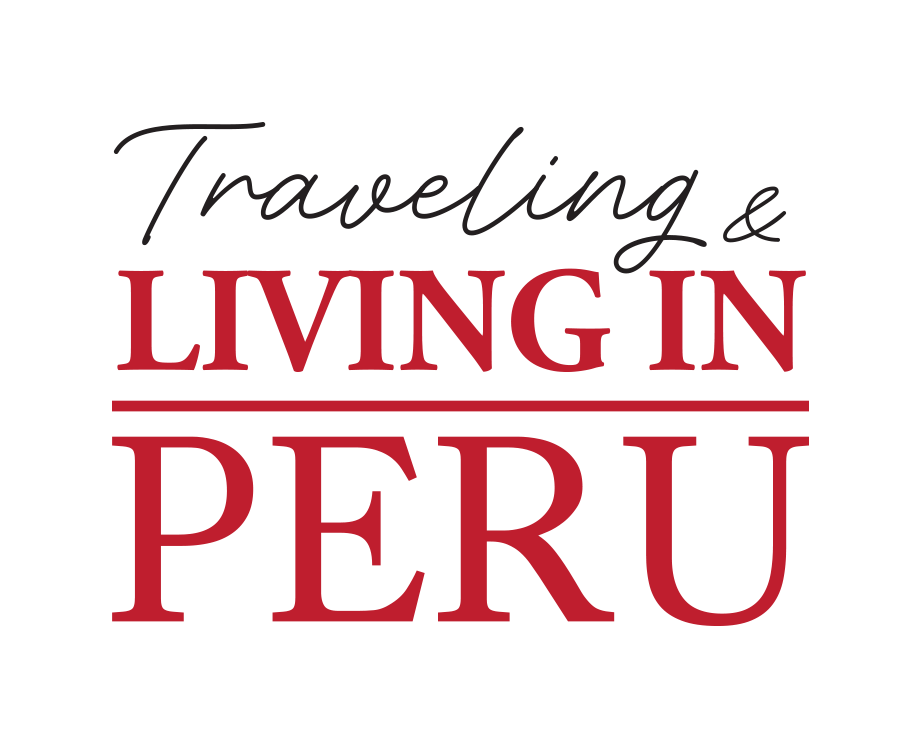The latest nature-focused hotel from Inkaterra, Hacienda Urubamba, offers outstanding experiences for travelers in a breathtaking location.
Located 40 minutes from Pisac and 20 minutes from the center of Urubamba, the Inkaterra Hacienda Urubamba is a peaceful, five-star retreat cradled in the Sacred Valley. Set near the base of a sloping mountainside, the luxury eco-hotel is comprised of the main estate–housing a cozy lounge with a fireplace, bar, restaurant and a few choice rooms–and 24 stand-alone casitas.
And while comfort and personalized service are top quality, the true luxury is found in the peaceful silence and privileged views only experienced in a place as remote and in tune with nature as this hotel.

The hotel: Entwined in nature and history
Since 1975, Inkaterra has promoted ecotourism throughout Peru with nature-focused luxury hotels in Cusco city, Machu Picchu, and Tambopata in the southeast region of the Amazon.
The Hacienda is the latest Inkaterra project to come to fruition though it takes much influence from the region’s past. The large country estate, set back from the main road connecting various Sacred Valley towns, is, architecturally, the result of Spanish-colonial influences. Once inside however, Peru’s complex cultural history is revealed in the presence of pre-Incan textiles (originals and replicas), custom-made throws and blankets from local and contemporary artisans and subtle revealings of the large stones and eucalyptus logs that act as support.

Large windows, standing nearly floor to ceiling in many rooms, allow natural light to flood in and guests the opportunity to mediate upon what was once the heartland of the Inca Empire beyond.
Originally, the accommodation options consisted of the 12 rooms within the main building. Shortly after, the 24 casitas (small homes) were built. In the coming months, the boutique hotel will complete the construction of four larger casitas, each with the added luxury of a private jacuzzi.
Las casitas: A place to call your own
The private cabins, referred to as casitas, at Hacienda Urubamba are graciously spaced apart, each one with an unabridged view of Urquillos and the surrounding mountains of verdant green. This picturesque scene can be appreciated from either side of the sliding glass doors: as you soak in those early morning moments tucked in bed, or out upon the private patio with a warm coca tea in hand. In the category of superior deluxe, these cabins really do feel like a small home as they include a snug seating area, lush bedding and a log fireplace. Though the bathrooms are immense—with a closed-off toilet, shower and dressing area—there is no soaking tub (a conscious effort to conserve water).
We also loved the fact that guests are given an old-school key to their rooms, as opposed to the now standard and impersonal hotel key card.

The casitas are ideal for couples or families with children in their teenage years and up. For older travelers and families with small children, it is recommended to book one of the 11 standard rooms (or the singular suite) connected to the main house as nearly everything is on ground level and thus access is easier.
Excursions: Experience local culture, flora and fauna
Though day trips to the numerous touristic and archaeological sites beyond the hotel’s property can be arranged (including visits to Sacsayhuaman, Maras and Moray), there are five excursions offered on the grounds of Hacienda Urubamba. From nature walks and plant identification to stargazing accompanied by mythical tales, all experiences are related to nature and local culture.
We were accompanied by the superb tour guide, Eric Ylla, for the early morning birdwatching tour and an afternoon visit to the chichería house. Like most of the employees at the Hacienda, Eric is a local of the Sacred Valley (Yucay, to be exact) and prides himself in being able to share his culture and knowledge of this land with visitors.
With a field guide in one hand and binoculars in the other, Eric led the way as we looped behind the hotel and followed a walking trail bordered by the sweet aroma of lemon verbena and Andean mint (muña). As the trail was slightly inclined, we were soon at eye level with birds perched on tree branches below–an ideal view for birdwatching. The morning of our walk we were accompanied by colorful and diverse winged neighbors of the estate, however the real showstopper was by far the Giant Hummingbird.
For a taste of culture, the afternoon excursion to the on-site chicha house (chichería) takes guests on an interactive tour through the brewing process of the fermented corn beer, chicha de jora. A lesson touching on history, culture and gastronomy, this was one of our favorite moments at the Hacienda Inkaterra.
It should be noted that corn and potatoes are major crops in the Sacred Valley however, due to the elevation of Urubamba, corn is particularly prevalent in the region of the hotel. In fact, directly in front of the hotel spa is a small field of corn, surrounded by fragrant lavender.
Pamper: Mind, body and soul
A short walk from the main building, the intimate Mayu spa at Inkaterra Hacienda Urubamba offers the services of on-site therapists who incorporate herbal remedies into the massage sessions. Prior to the massage, guests are invited to select herbs from the surrounding gardens based on their ailments or condition. Then, the therapists (all of whom are local) will mix the herbs with oils so that the treatment is unique according to each guest’s needs. The spa is also equipped with a foot soaking area, jacuzzi and sauna.
For travelers who’ve just arrived after multiple flights or those who’ve wrapped up a day spent hiking around Machu Picchu, the spa is an oasis of serenity.
Similarly, the restaurant allows nature to take center stage. Season to season, the menu has options for both plant-based and meat eaters, and consistently relies on what is currently available on the hotel’s farmland—from organic produce to livestock—in order to highlight regional ingredients. From trout with sticky aji chili rice and grilled asparagus, to grilled lamb loin with mashed cauliflowers, the gourmet plates prove the bounty of flavors found in the Sacred Valley go beyond choclo con queso—though we love that, too.
Oenophiles can request to do a tasting in the wine cellar, just below the dining area. In the morning guests can enjoy a fresh breakfast buffet and, if not out on an excursion, tea time in the afternoon.
When to go
The dry season (March to early November) is ideal for those who plan on hiking the Inca Trail or any of the smaller hikes in the surrounding area. Back at the hotel, this time of year is also ideal for stargazing while sitting next to the fire pit.
Guests who arrive during the wet season (late November to early April) will actually see a more vibrant natural area not only on the hotel grounds but throughout the Sacred Valley. Even though it’s technically summer in Peru, this stretch of months feels like spring and is great for birdwatching and comfortable temperatures. It never seems to rain for more than a few hours—and when it does, make that your excuse to skip over to the spa.
Because of the on-site activities offered by Inkaterra, travelers should consider staying at least two nights in order to truly experience the hotel and the Sacred Valley. It is highly recommended to make reservations a few months in advance.
A special thanks to Joaquin Escudero, Eric Ylla, Julio Santiago and Jose Luis Cartagena of waitstaff for taking the time to speak with us and make our stay impeccable.
For more information or to make a reservation visit the Inkaterra website.
All photos by Alvaro Balcázar

















